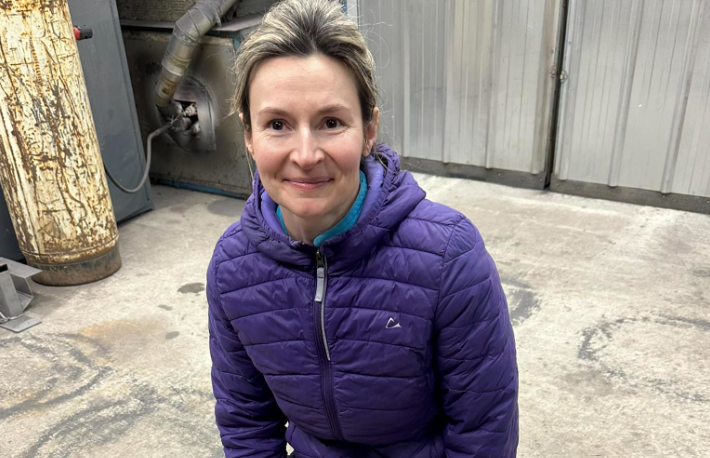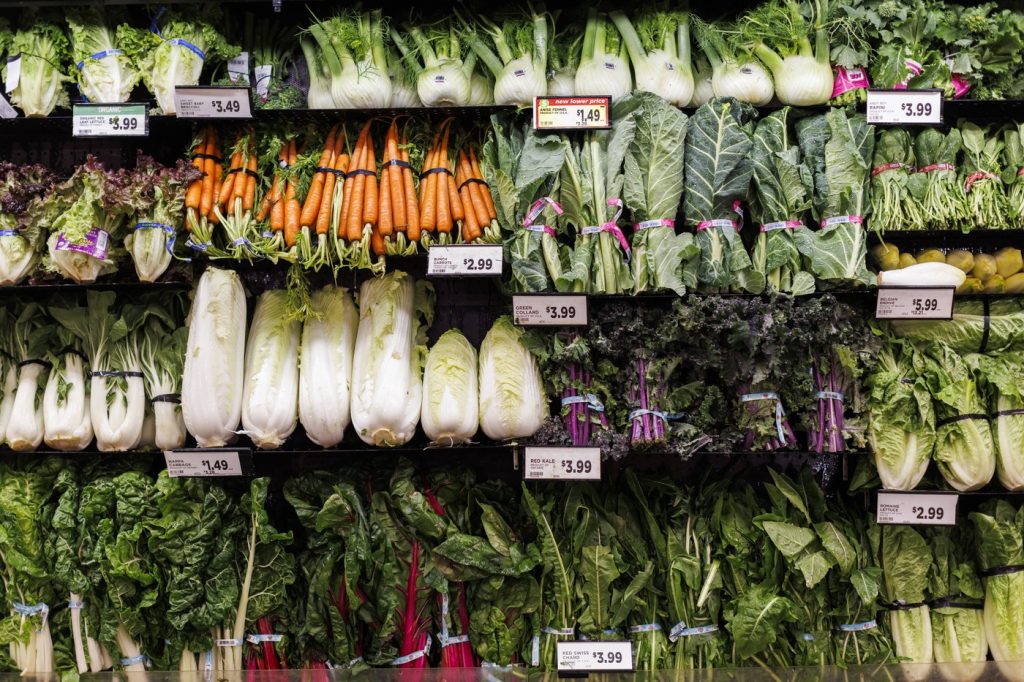2022 sees record number of humpback whales in B.C.
Posted December 14, 2022 4:00 pm.
Last Updated December 15, 2022 8:17 pm.
A record number of humpback whales were spotted in B.C.’s Salish Sea this year.
According to the Canadian Pacific Humpback Collaboration (CPHC), there were 396 humpback whales documented, including 34 mothers with their first-year calves. This is an increase from five years ago when 293 whales were found in the same area.
Tasli Shaw, project lead for humpback whales of the Salish Sea (HWSS), says this is the highest number of humpback whales documented in a year since records were kept.
“We see the highest number of sightings in the fall, and it is the same whales year after year who we see socializing, feeding, and resting within the waters of the Salish Sea,” Shaw said.
Related Video:
Shaw says there seems to be a public misconception that humpbacks only pass through the province’s coast.
“The Salish Sea is a place where many Humpback Whales have learned to find food and how best to capture it,” said Shaw.
CPHC says the whales return to specific areas within the Salish Sea every year to feed and stay there for months at a time. Most of the 396 whales spotted this year have been seen in previous years.
Researchers identified a particular humpback whale nicknamed “Monarch” who has returned to the Salish Sea’s feeding grounds for 20 consecutive years. Monarch often still feeds in B.C.’s waters during winter.
Related Articles:
-
B.C. rescue team and whale’s acrobatics help save it from dangerous entanglement
-
Some ships push back at rules requiring slowdown for whales
-
Diesel spill near Victoria threatening Southern Resident killer whales
Lisa Spaven of Fisheries and Oceans Canada says the Salish Sea has become the “whale equivalent of a busy school zone.” Spaven says their monthly survey shows whales are present year-round in the region. This makes the Salish Sea an area of intersection between whales, fishing, and boat traffic.
Unfortunately, Spaven says, humpbacks are often unaware of boats and fishing gears and will surface in unpredictable patterns. The whales could also be sleeping or nursing their calves. This has led to whales getting entangled in fishing gear.
Spaven says it’s difficult to get a number on those that have died from vessel collisions and entanglement because dead whales often sink.
To reduce harm to the mammals, people are advised to slow down, increase vigilance, distance from whales, and understand their behaviour.
Commercial whaling was banned 55 years ago in Canada and the “humpback comeback” is considered to be a remarkable turning point.








